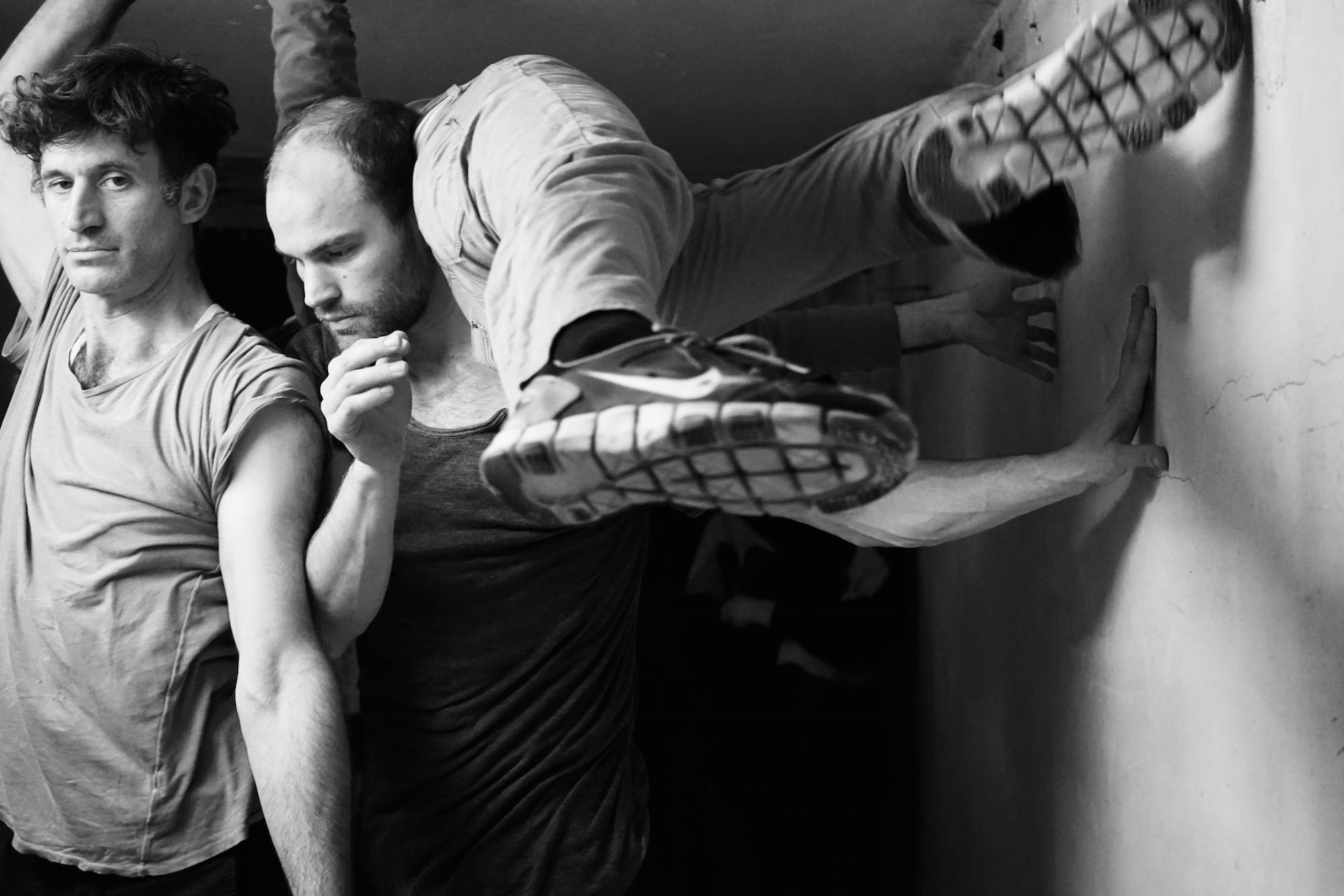Real-Space Composition
Somatic Space
Ensemble Thinking is the somatic awareness of space. The idea of somatic work being limited only to the experiences of individual of itself draws the specious distinction that the individual is separate from its environment. It propagates the Cartesian body/mind divide.
Awareness of the internal experience is intertwined with spatio-temporal awareness. Ensemble Thinking trains greater awareness of the spatio-temporal awareness in a performance setting, and therefore greater awareness of the somatic experience of the individual in the moment.
If space and time had no affect on the somatic experience of the individual, no one would get nervous in the hot spot, there would be no penumbra of spatial apprehension.
Contacting the Penumbra
hypothesis:
The Penumbra of Spatial Apprehension figures prominently in Contact at 10th and 2nd.
Narrow the infinite

Streams of Information
Just as a musician is normally spatially static and yet continually imparts information and aural stimulation to the audience, the dancer has the potential to remain spatially and kinespherically static and impart a continual stream of information and visual stimulation to the audience.
Site Specific
If we look at the possible square meters that are possible surfaces for a corporeal kinetic performative event, we determine that there is a vast, nigh infinite number of potential spaces on Earth.
If we then compare this number of spaces to the number of spaces that are designated as theaters and are used in “site specific” performances, we see that the second number is vastly smaller, basically statistically insignificant.
Therefore any space we choose is a highly specific choreography.
Therefore every performance is site specific.
On Orientations | one place after
Energetic Charge
“With an acute sense for the inherent potential contained within ordinary objects and natural materials as well as for the placement of objects within a space, both artists manage to give their arrangements an energetic charge.”
The above quote is from the description of an exhibit currently at the Hamburger Bahnhof in Berlin. I hope to see the exhibit. I quite like the art in the picture.
What caught my eye in the text is “inherent potential” and “both artists manage”. I do not dispute that ordinary objects have inherent potential. Some more than others. (a fully charged capacitor, for example. Or a tub of water atop a large hill. ha!)
Funnin’ aside, I understand that phrase and the drama of space – placement of objects. What I don’t understand is pairing that phrase with “both artists manage to give their arrangements an energetic charge”.
If the objects have inherent potential, then it should be impossible to not give their arrangements an energetic charge. Just throw them out there, and boom! you’re done. The problem lies with the word “managed”. To me it signals some kind of skill, or ability that imbued the arrangements with energetic charge. Maybe it’s a translation issue. Maybe the artists unleashed the potential energy creating a static, yet kinetic, arrangement.
It would be more impressive if the artists had used objects and space that have no potential and managed to create energetic charge.
But…what spaces have no potential?
What objects have no potential?
Or maybe used objects and spaces of great potential and created arrangements of absolutely no charge.
I’d go see that!
